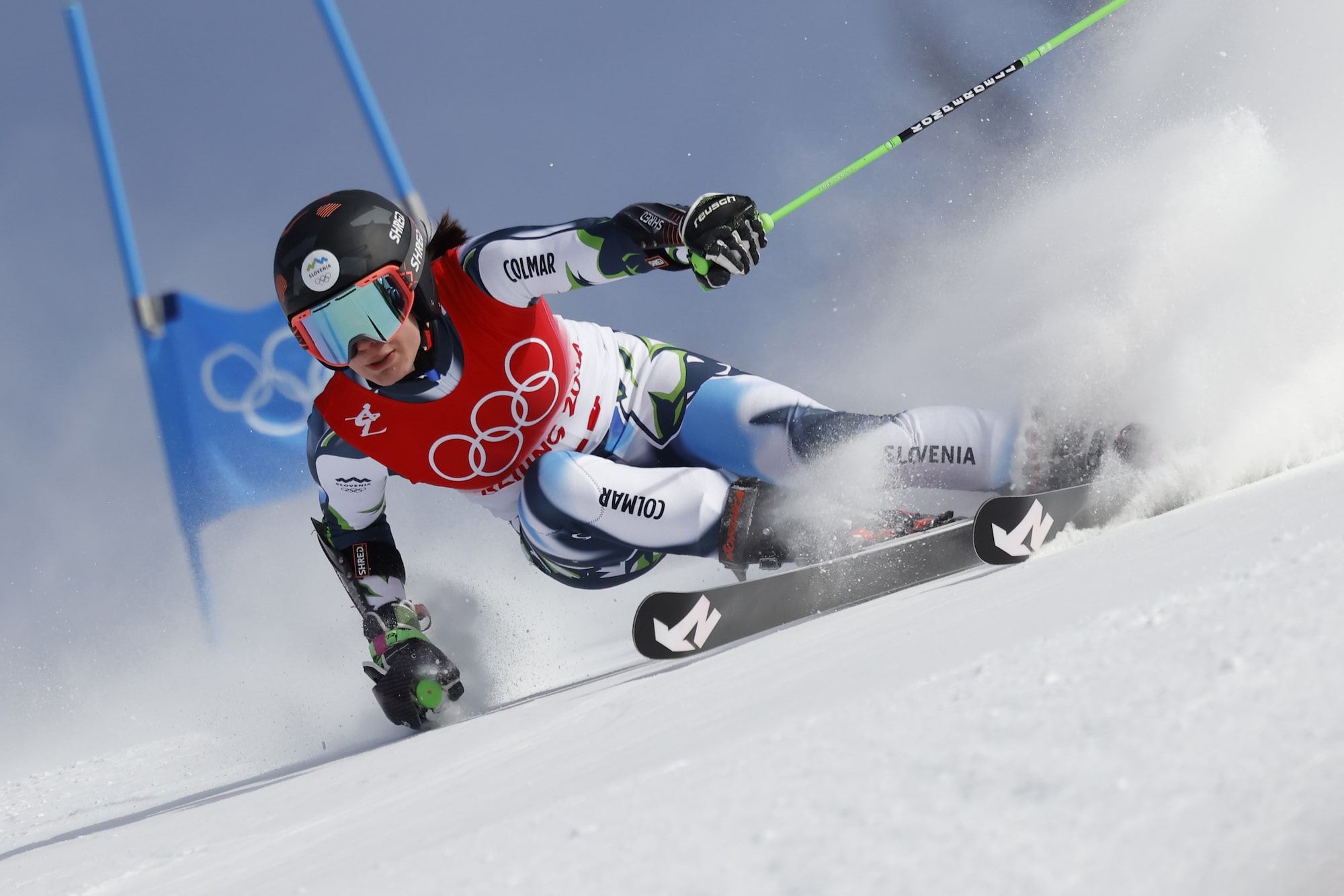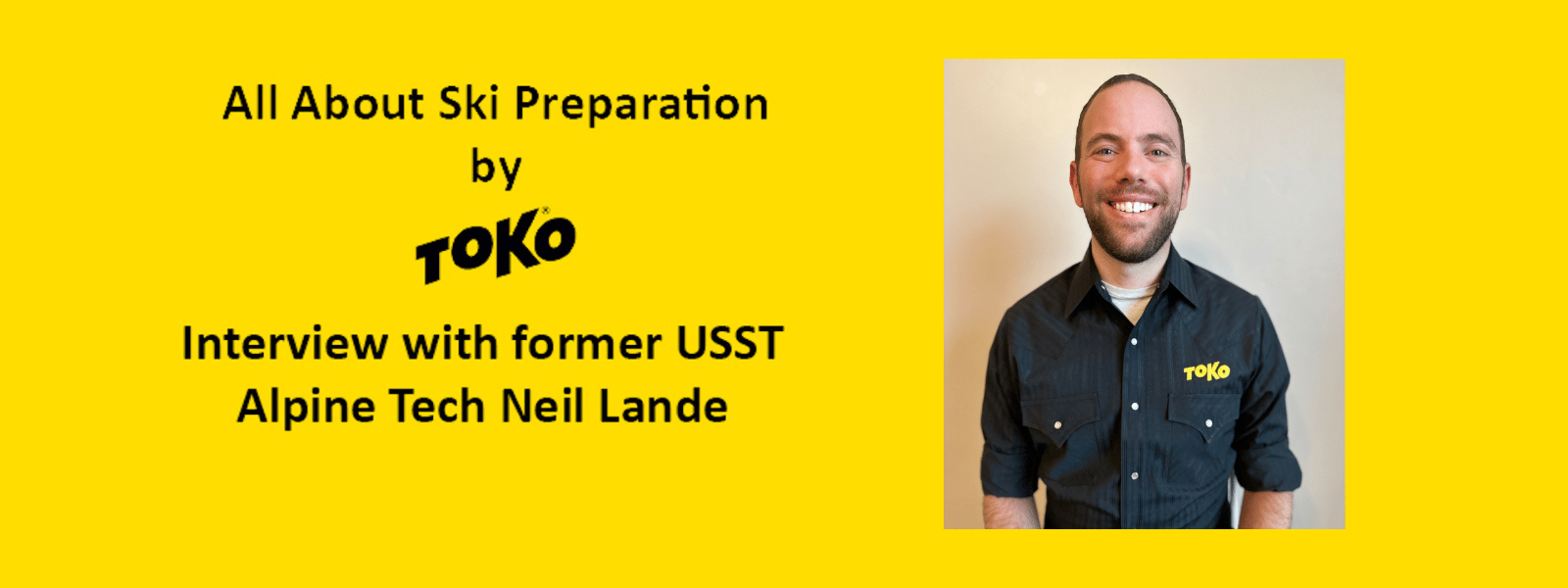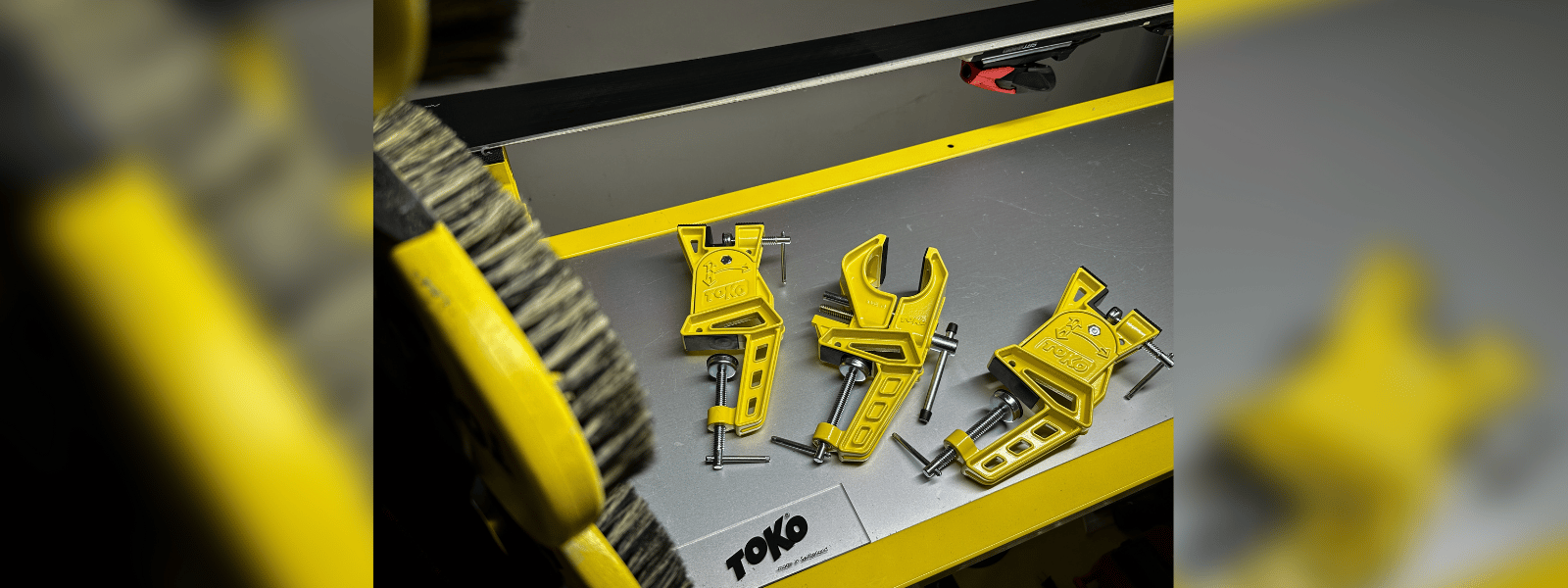Backshop: Summer is the Sweet Spot to Test Equipment
Now that the season is well over, you have good perspective on whether or not you met your goals. Maybe you even exceeded them. If you did not, it may be time to think about testing your equipment. While it’s true that your success depends upon much more than your gear, there can be benefits, both physical and mental, to making a switch.
National Race Director for Rossignol, Jake Stevens, shared tips on the testing process and manufacturer sponsorship — two pieces that frequently go hand-in-hand.
As Stevens explains, the three biggest factors to a successful test are consistency, venue and timing. The testing process, and ending up with results that are meaningful, hinges on these three items being tightly controlled.
Energy, attitude and other variables such as your clothing and the condition of your skis are directly in your control. Be methodical and keep notes. If your goal with the test is to truly find out which product works best for you, no detail is too small to note, and an open mind is crucial.
Work with your coaches on venue and timing. “You want good snow conditions and a gradual pitch to the trail,” says Stevens. “And remember, a full-length course is unnecessary — keep it to 30 to 40 seconds, tops.” It’s also critical to limit the number of athletes on the course, again for the sake of consistency. “Forty athletes testing on one course,” says Stevens, “will certainly change things from run to run and limit how much relevant information you can take away from the test.”
Coaches should remember the influence that they have over many of their athletes, and should educate themselves on the differences among brands and models before the test. Input on skiing is important, athletes should be able to discover what equipment is best for them. The testing process is designed to benefit the athlete, not strengthen ties a coach might have to company X, Y or Z by gaining them a new athlete. “Any negative talk about a brand,” warns Stevens, “will automatically change your athlete’s perception and ability to truly feel a difference.”
With the testing process complete, athletes should examine the results, and ask a few simple questions before making a decision about whether to switch to a new brand or stick with what they have been skiing:
- Were the conditions (snow, course, mental preparation) right for a quality test?
- Did I control my personal environment to allow for a fair test?
- What type of support I will receive from the brand I will switch to?
- What type of support will I receive from my local shop with the new brand?
Then there are the two categories of ski purchase — racer purchase and sponsorship. With sponsorship budgets shrinking and racing personnel being stretched further every year, working with a local shop to get the gear you need can be a fantastic option. Building a good relationship with a good race dealer means access to expert advice, top-notch boot fitting and ski prep, and quick, advanced replacement of broken skis.
Sponsorships are becoming harder to attain, with fewer spots available each year. Most companies are waiting now until athletes are at least 13 years old before of-fering any level of support. “It’s really important for the company to see dedication to the sport before they will start investing in your career,” says Stevens.
How companies choose whom to support, and at what level, varies. While some will use objective criteria, all are looking at what type of brand ambassador you will be. “Just because you win every race does not entitle you to free equipment,” says Stevens. “And switching gear every year definitely hurts your chances of getting sponsored.” Attitude and coaches recommendations play a part, so remember to always respect the sport, and your competitors, coaches and parents.





















